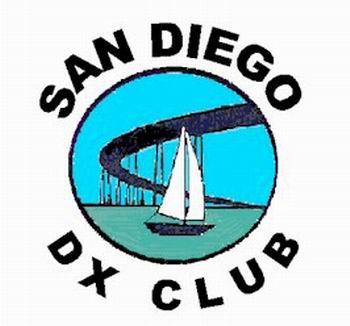
W6KUT

 |
Ed Andress W6KUT |

|
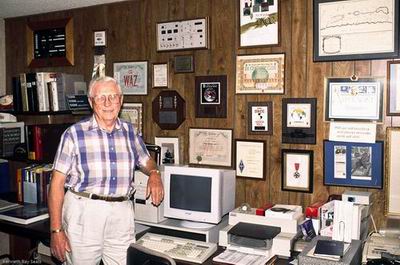 |
By Jeff Ristine - Union-Tribune Staff Writer - July 5, 2009, Page B5 If Edwin A. Andress were alive today, he would be throwing his traditional backyard Fourth of July party with his family and friends: a huge gathering with a barbecue, horseshoes, marching with flags to music by John Philip Sousa and an inflatable jumper for the kids. Mr. Andress developed his patriotism as an electronics wiz sent to England during World War II to help it develop the emerging technology of radar as a defense against German air attacks. One of his decorations for service is from the Royal Air Force. The expertise nearly cost him his life one night over Germany but he survived to participate in the invasion at Omaha Beach, returned to active duty in the Korean War and was a merchant marine in Operation Desert Storm. |
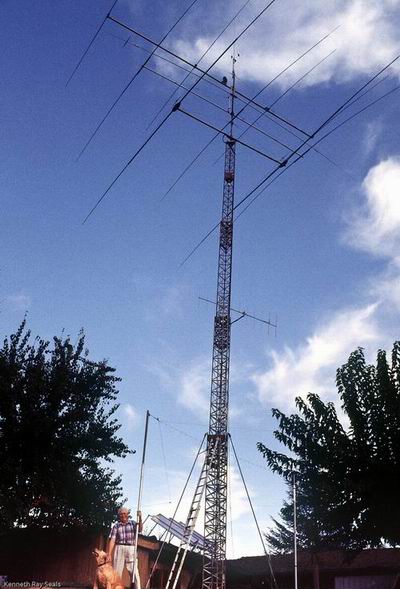 |
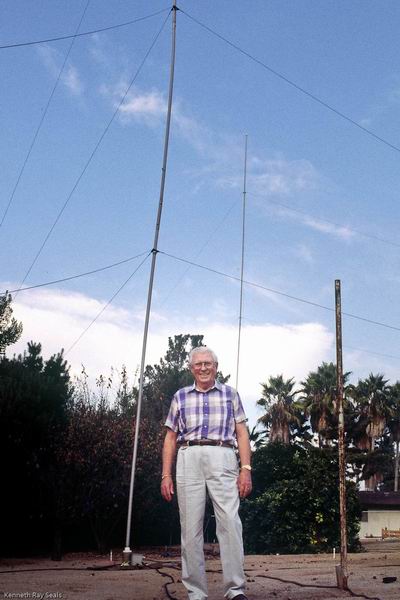 |
 |
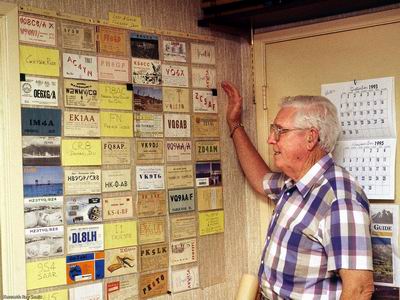 |
He was part of a group later sent to Scotland to help engineers from MIT further develop radar. Closer to the end of the war, he was among a crew deployed in the Allied invasion of Normandy, using radar to detect enemy movements and identify locations for air strikes. We knew everything about the invasion because we had to coordinate with all the service branches about where to store ammo, food, etc., on the beachhead, Mr. Andress wrote in letter to a family member a few years ago, recounting highlights of his life. Some of us would wake up from sleep screaming, having dreamed that we leaked information. I never want to know that much classified information again. |
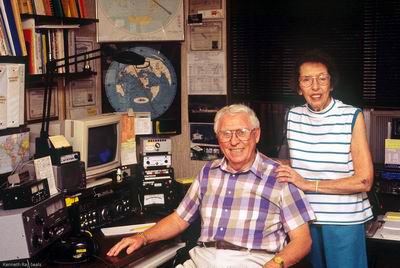 |
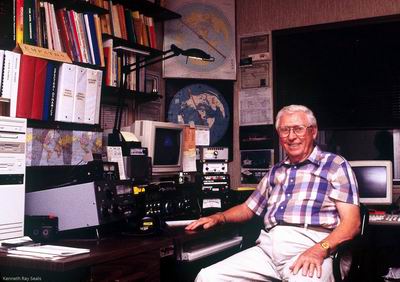 |